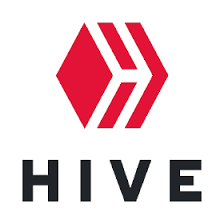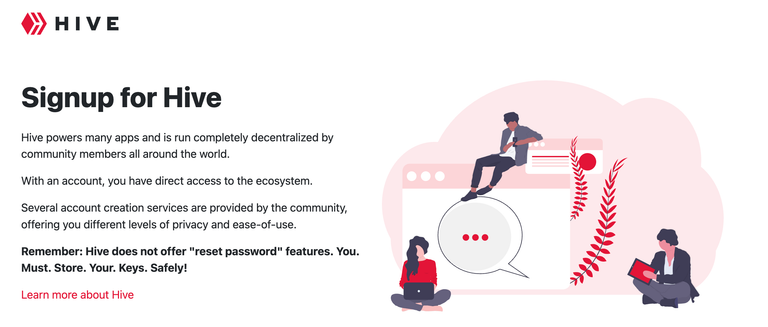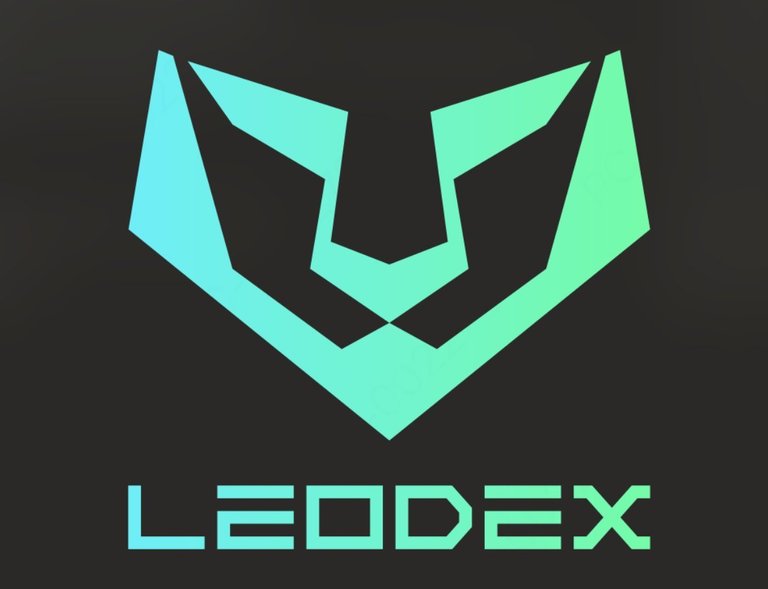What is LeoStrategy?
LeoStrategy is an investment vehicle based on the Hive blockchain and formed by the LEO Community and LEO token holders. Functioning as a permanent capital fund, its main objective is to generate revenue to buy and "perma-stake" LEO tokens. Modeled after MicroStrategy, which famously acquired and held Bitcoin, LeoStrategy aims to do the same with the LEO token.

Key aspects of LeoStrategy
Decentralized finance products:
LeoStrategy develops and delivers a variety of financial products and services, such as derivatives and fixed-income instruments. Its offering "SURGE," for example, was a fixed-income product.
Investment strategy:
The capital raised through these offerings is used to purchase LEO tokens from the market. These tokens are then "perma-staked," meaning they are permanently locked away, which is intended to reduce the token's circulating supply.
Revenue generation:
The profits from LeoStrategy's financial products are used to continue buying and staking LEO tokens, aiming to drive demand for the token and the broader LEO economy.
Strategic goals:
Build a robust, second-layer financial network on the existing LEO economy.
Provide market access to financial instruments, which in turn fuels the growth of the LEO token.
Follow the principles of a sustainable crypto treasury, similar to MicroStrategy's approach with Bitcoin.
Elaborate on how LeoStrategy's 'perma-staking' works
LeoStrategy's "perma-staking" is a strategy where LEO tokens are purchased off the market and then permanently staked, or locked, on LeoDex, a cross-chain decentralized exchange. This process is designed to permanently remove tokens from the circulating supply.
Here is an elaboration on how the mechanism works:
Revenue generation:
LeoStrategy operates various financial products and services, such as derivatives and fixed-income products. These offerings generate revenue in stablecoins like USDC.
Token acquisition:
The profits from these ventures are used to buy LEO tokens from the open market, creating consistent buying pressure.
The locking mechanism:
The purchased LEO tokens are then staked on the LeoDex exchange, where they are converted into "Staked LEO" (sLEO). The "perma-staking" aspect means that these specific tokens are never to be sold back to the market. They become a permanent part of LeoStrategy's balance sheet and are considered protocol-owned liquidity (POL).
The perpetual flywheel:
The sLEO held by LeoStrategy continues to earn rewards, which are also used to acquire and stake even more LEO. This creates a compounding effect, a "flywheel" that continuously purchases and locks away LEO tokens.
Impact on the LEO token
Increased scarcity:
By continuously taking LEO out of circulation, the total float of the token decreases. This is intended to increase the token's scarcity.
Upward price pressure:
The reduced supply, coupled with consistent buying demand from LeoStrategy, is designed to lead to long-term upward price appreciation of the LEO token.
Community incentives:
This strategy aims to create a stronger foundation for the LEO economy, rewarding active community members and investors by driving value for the token.
What are the risks of perma-staking LEO tokens?
LeoStrategy's "perma-staking" strategy carries several inherent risks, most of which are associated with token locking and illiquidity. Because the strategy is designed to permanently remove tokens from circulation, it introduces a unique set of challenges compared to conventional staking.
Risks for the LEO token ecosystem
Artificial price distortion:
Continuously removing tokens from the open market can create a false scarcity, leading to an artificially inflated price that doesn't reflect actual user demand or utility. While this might create a positive market signal in the short term, it can lead to instability if the project's fundamentals don't support the valuation.
Reduced market liquidity:
The permanent removal of tokens reduces the total circulating supply available for trading on decentralized exchanges (DEXs). This reduced liquidity can make it harder for investors to buy or sell LEO tokens in large quantities without causing significant price swings.
Potential for centralization:
If LeoStrategy, or a small group of entities, accumulates and perma-stakes a large portion of the token supply, it could lead to centralization of the token's governance and consensus. The largest stakers accumulate an ever-larger share of the supply, which can make the network less decentralized over time.
Dependence on external revenue:
The success of the perma-staking mechanism depends on LeoStrategy's ability to consistently generate external revenue to fund the token buybacks. Any failure in LeoStrategy's financial products or a downturn in the broader market could threaten the flywheel, causing the token buying to cease.
Mismatch of incentives:
The practice of rewarding stakers with more tokens while simultaneously locking up tokens can create a conflict of interest. Those who use the LEO token for transactions end up with a proportionally smaller share of the token supply over time compared to those who just stake, potentially discouraging active use of the network.
Risks for LeoStrategy participants
Smart contract vulnerabilities:
Like any DeFi project, the smart contracts governing LeoStrategy's financial products and the perma-staking mechanism could contain bugs or vulnerabilities. A security breach could lead to the theft of funds used to buy tokens, effectively halting the strategy.
Platform and counterparty risk:
As LEO tokens are staked through the LeoDex exchange, users are exposed to the risks of that platform, including potential mismanagement, security weaknesses, or high validator fees.
Regulatory scrutiny:
The innovative nature of LeoStrategy could attract attention from financial regulators who may classify its offerings as securities, leading to legal challenges. This regulatory uncertainty could negatively impact the project's viability and reputation.
Note: The effectiveness and safety of token strategies like perma-staking are a subject of ongoing debate within the crypto community. It's crucial for participants to understand these risks fully before engaging.
What mechanisms mitigate risks from perma-staking LEO tokens?
There are several mechanisms that can mitigate the risks associated with LeoStrategy's "perma-staking" model. These strategies range from internal controls within the LeoFinance community to market dynamics and regulatory adaptation.
For artificial price distortion and reduced liquidity
Diversified revenue sources:
LeoStrategy's reliance on diversified financial products, like derivatives and fixed-income instruments, helps mitigate risks. The revenue isn't tied to a single product or service, making the overall operation more resilient to market shifts and less likely to collapse if one product fails. This diversification of revenue, in turn, supports a more robust token-buying mechanism.
Strategic liquidity management:
While perma-staking reduces circulating supply, it can be balanced by other liquidity-provisioning strategies. The community may deploy its assets into decentralized exchange (DEX) liquidity pools on LeoDex or other platforms, ensuring that liquidity remains available for regular trading while still benefiting from staking rewards.
Transparency and community governance:
A transparent on-chain record of LeoStrategy's activities can prevent false market signals. The LEO community can monitor transactions to verify that buying and staking are being executed as promised, which builds trust and prevents manipulation. Community governance features, where token holders can vote on proposals, can also be implemented to ensure the strategy remains aligned with the community's long-term interests.
For potential centralization
Governance by token distribution:
Centralization risk can be mitigated through equitable token distribution and governance models. If a broad base of community members hold and stake LEO, rather than a few large investors (whales), decision-making power remains decentralized. The project's governance framework would need to prevent a few large stakeholders from taking total control.
Delegation and reputation systems:
On some blockchain networks, voting power can be delegated to trusted representatives. This mechanism allows smaller investors to participate indirectly without having to follow every governance proposal, and the community can select delegates based on their reputation and alignment with community goals.
For smart contract vulnerabilities and platform risk
Regular smart contract audits:
Engaging reputable third-party firms like CertiK to conduct regular smart contract audits is a standard best practice in DeFi. These audits analyze the code to identify and fix vulnerabilities before they can be exploited.
Bug bounties:
A bug bounty program rewards white-hat hackers for discovering and responsibly disclosing vulnerabilities. This crowdsourced security approach helps proactively identify and patch potential exploits.
Immutable ledger:
As LeoStrategy is built on the Hive blockchain, it benefits from the inherent security and immutability of the distributed ledger. This ensures that records of staked tokens are transparent and cannot be tampered with once recorded.
For regulatory scrutiny
Regulatory monitoring:
As a project involved in decentralized finance (DeFi), LeoStrategy must stay up-to-date with the rapidly evolving crypto regulatory landscape. This involves monitoring regulatory bodies and legal developments to adapt its operations as needed.
Compliance initiatives:
Proactive engagement with regulators and industry groups can help shape policies that strike a balance between innovation and compliance. Initiatives like regulatory sandboxes can also provide a legal safe zone to test compliance in a controlled environment.
Transparency and reporting:
A commitment to transparency, including regular reports on activities, financial performance, and governance decisions, can help build a credible and compliant reputation with regulators and the wider market.
Last and most importantly...
This is my analysis of Leostrategy, it's many pluses, a frank discussion of risks and how I think Leostrategy seeks to mitigate those risks.
These are my thoughts, and my investment into Leostrategy is a risk I have taken with my money, after considering my evaluation.
You should only invest your money after doing your own evaluation of the risks and benefits of this investment.
A very important principle in cryptocurrency and in fact in life is to do your own research, and make your own decisions and be prepared to own them.
You need to understabnd and own the wins, so you can replicate them.
You need to understand and own the losses, so you can avoid them.
Everything investment I make, I understand and own, the best I can, with the knowledge I have at the time, and by owning these investment decisions I learn what to replicate and what to avoid.
I am not smarter then you, or dummer then you, I am either ahead of you in your journey. or behind you in my journey, compared to yours.
I am sharing my journey, but it is mine, I own it, and I own the wns and the losses.
So make sure you do the same.
The End
@Shortsegments
Thank you for reading my post


This post was written by Shortsegments, who has been writing about cryptocurrency, the blockchain, digital ledgers, bitcoin, ethereum, and decentralized finance; where digital ledgers and smart contracts meet finance, for seven years. You will find his articles here on his blog Link to his blog.
Learn more about Hive at the Hive FAQ Page Link

Join Hive for Free Link

Inleo

This was published on the social community called Inleo, a monetized social media community. A Social Media Platform where Likes become Money
Open an account for free and choose your name
JOIN4FREE.
Once you join Tag me by typing #shortsegments at the bottom of your thread or post, and I will find your post, and I will reward you for joining our community with my referral link.
.

Leodex Decentralized exchange
Where cross chain swaps are made easy; the exchange does all the work of trading across one or more blockchains, so you don't have to!

- ⚡️ LeoDex: Your Portal to Profit! ⚡️
Use My Referral Code/Link for a Ten Percent Discount on all Trades!!
Use my secret referral code LeoDex.io/?ref=shorty for a whopping 10% discount on trades!

Posted Using INLEO

You are right. Just as big institutions follows the Bitcoin strategy, it will be good to see more of leostratetegy been followed
It seems ti be doing well.
Thanks for the thoughtful analysis.
#hive #posh